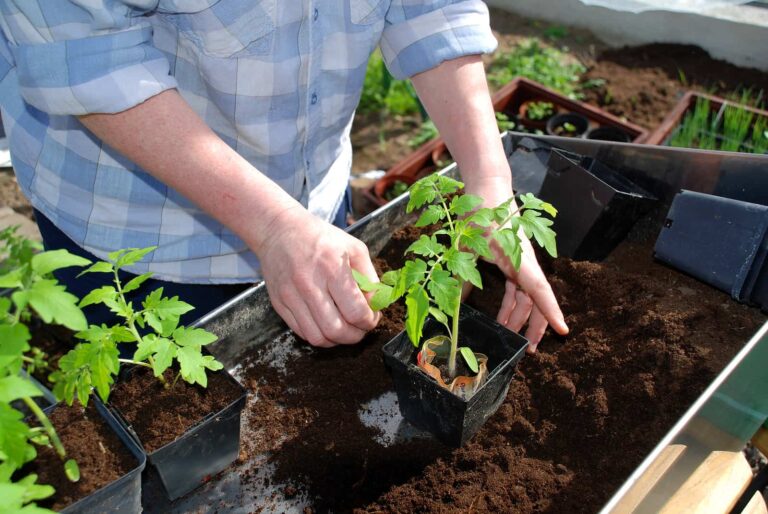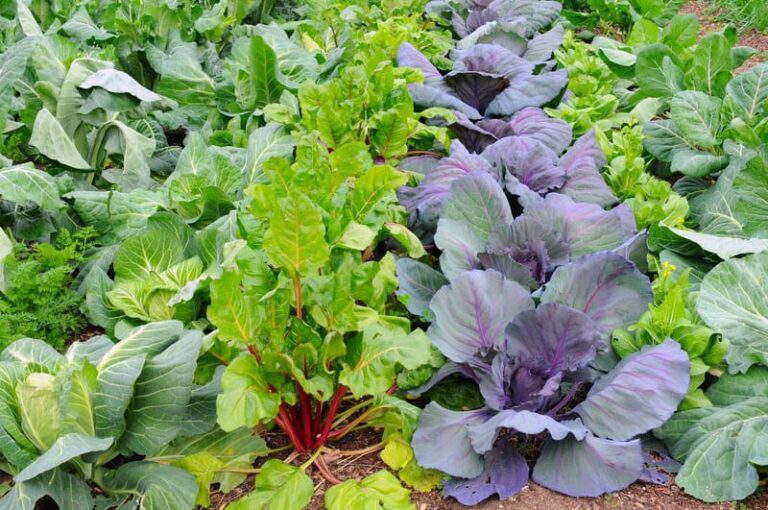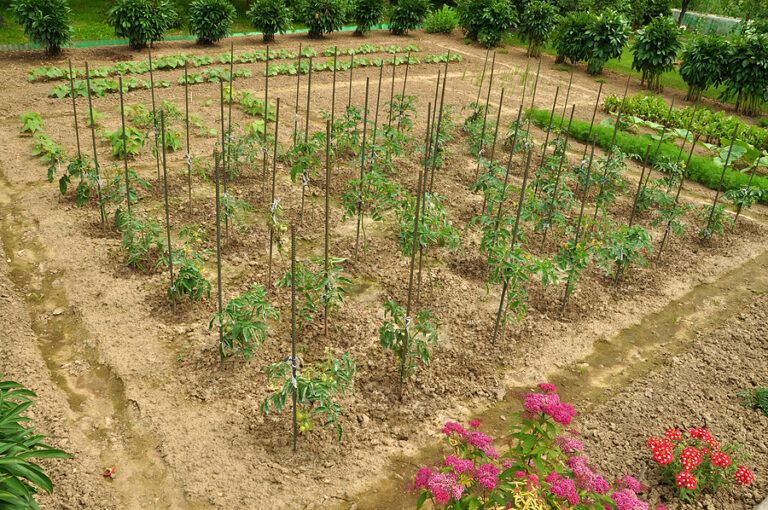Practical Steps to Amend Your Garden Based on Soil Test Results
Soil testing is the first step toward a thriving vegetable garden. Knowing your soil’s nutrient levels, pH, and organic matter content allows you to make targeted, regenerative amendments that improve fertility, structure, and plant health.
With decades of hands-on experience gardening in California’s Central Valley and Sonoma Valley, I’ve learned that interpreting soil tests and applying amendments carefully is far more effective than relying on guesswork or synthetic fertilizers alone.
Step 1: Collect and Analyze Soil Samples
- Take samples from multiple spots in each bed for accurate representation.
- Use a professional lab or reliable home testing kit.
- Identify nutrient deficiencies, pH imbalances, and areas needing organic matter.
Step 2: Prioritize Soil Amendments
Based on test results, determine which nutrients or soil conditions need correction:
- Nitrogen (N) Deficiency: Add compost, worm castings, or nitrogen-fixing cover crops.
- Phosphorus (P) Deficiency: Incorporate rock phosphate or well-decomposed organic matter.
- Potassium (K) Deficiency: Use kelp meal, wood ash (sparingly), or compost.
- Calcium/Magnesium Deficiency: Apply dolomitic lime or gypsum as recommended.
- pH Imbalance: Use lime to raise pH, sulfur or acidic compost to lower pH.
Step 3: Apply Amendments Correctly
- Spread evenly according to soil test recommendations.
- Lightly incorporate into the top 6–8 inches of soil without excessive tilling.
- Water thoroughly to activate soil microbial processes.
- Avoid over-application to prevent nutrient lockout or damage to soil life.
Step 4: Support Soil Biology
- Layer compost and mulch to feed microbes and fungi.
- Grow cover crops to maintain living roots and enhance nutrient cycling.
- Minimize tillage to preserve fungal networks and earthworm habitats.
- Encourage earthworm populations through organic matter and moisture maintenance.
Step 5: Monitor and Adjust
- Retest soil annually or biennially.
- Observe plant growth and leaf color for signs of nutrient deficiencies.
- Make incremental adjustments rather than drastic changes to protect soil health.
My Experience
In my Sonoma Valley garden, careful soil testing transformed marginal beds into highly productive vegetable plots. After identifying a magnesium deficiency and slightly acidic pH, I applied dolomitic lime, layered compost, and planted nitrogen-fixing clover. Within a season, plant growth improved, earthworms returned, and nutrient cycling became evident. This approach demonstrates that practical, regenerative amendments guided by soil tests are the most reliable way to achieve balanced, fertile soil and robust crops.




